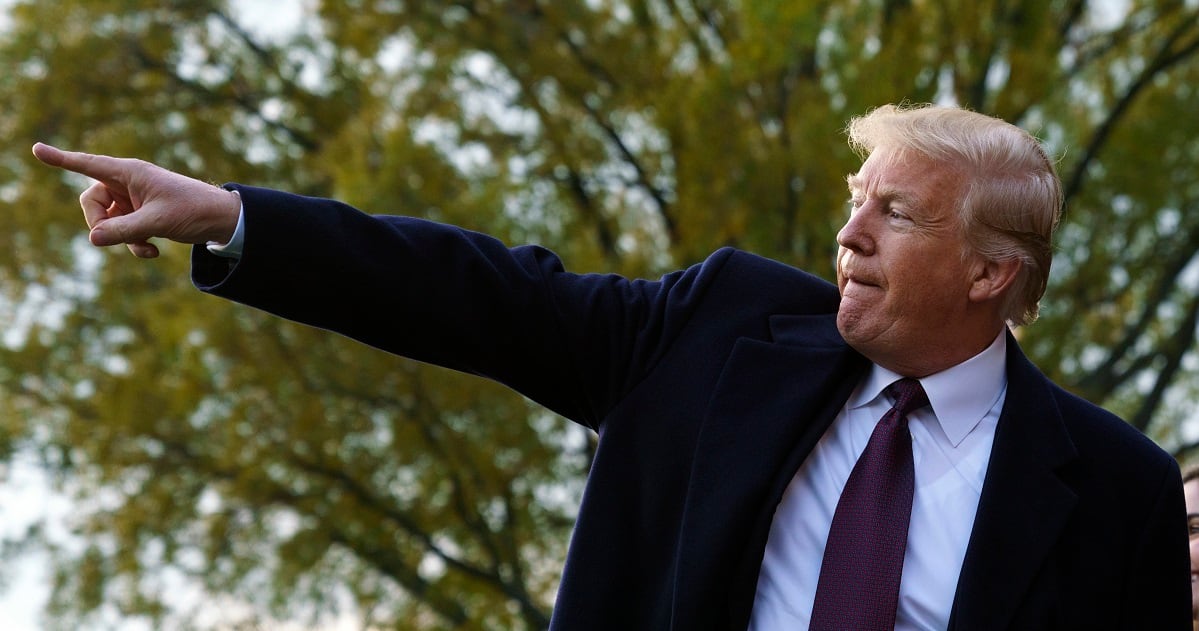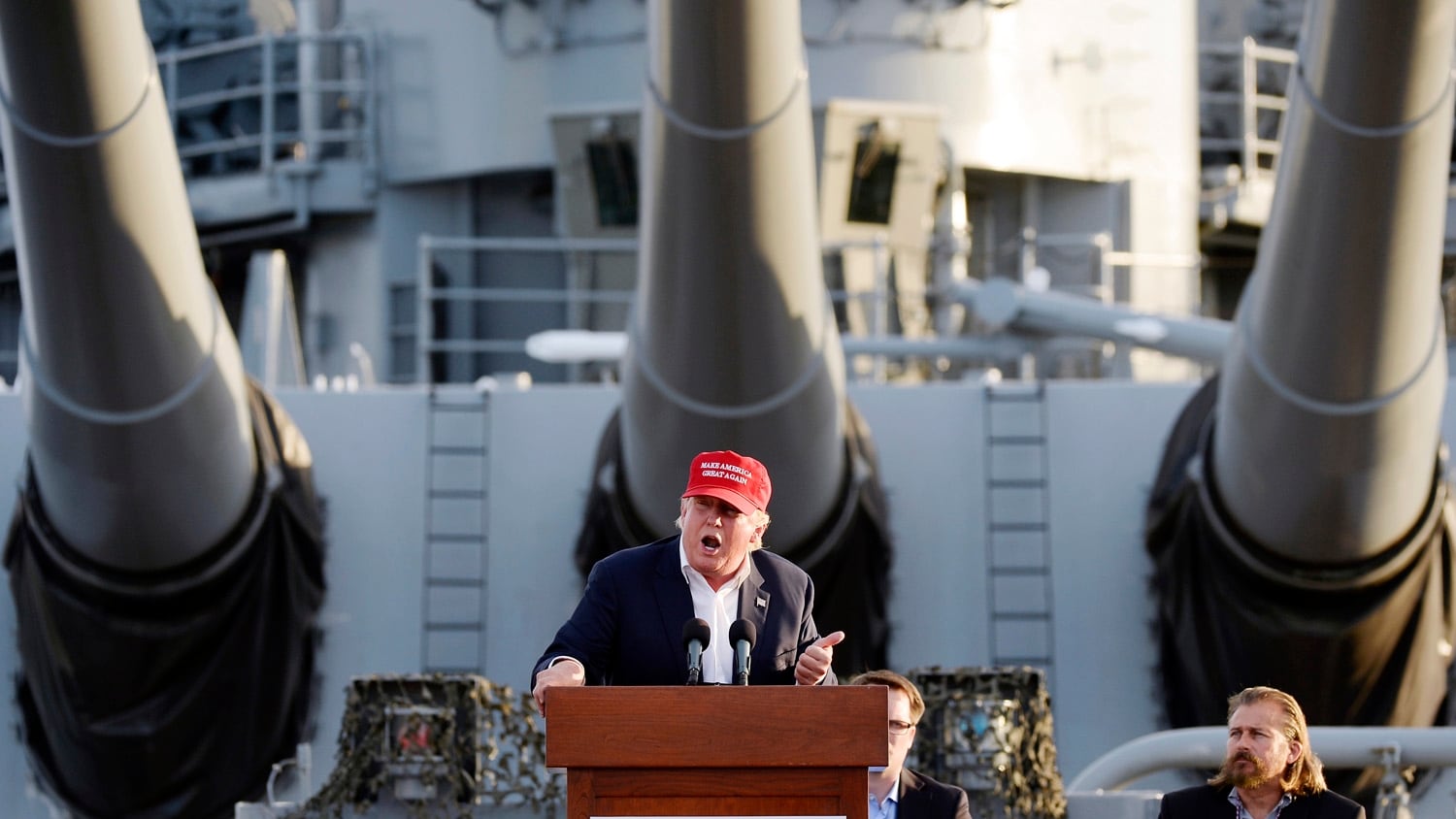WASHINGTON — President Donald Trump this week is expected to announce plans for a dramatic boost in military spending next fiscal year, reversing course on previous pledges of a trimmed down defense budget, according to multiple news sources.
The move comes after intense lobbying from congressional Republicans and Defense Secretary Jim Mattis, who argued Trump’s announced $700 billion military spending plan for fiscal 2020 was not only contrary to the administration’s national security build-up but potentially dangerous for the nation.
The figure represented a significant drop from the $733 billion mark that Pentagon planners had been anticipating would be unveiled in February, as part of the president’s annual budget submission to Congress. Trump had said the reduced military spending would be paired with a 5 percent cut for all other federal spending programs, to rein in the national deficit.
But Politico reported on Sunday that following a Dec. 4 meeting with Mattis, Senate Armed Services Committee chairman Jim Inhofe, R-Okla., and House Armed Services Committee Chairman Mac Thornberry, R-Texas, Trump committed to a fiscal 2020 defense budget of at least $750 billion, a nearly 5 percent increase instead of a 2 percent cut.
RELATED

The news is sure to excite defense hawks in Congress at least in the short-term. Mattis and others have argued that years of military underfunding have left readiness and modernization priorities unaddressed, and that foreign adversaries — in particular, China — have seen the declines as an opportunity to flex their own military spending might.
But numerous congressional Democrats have argued that the Pentagon budget is already too bloated compared to other domestic spending priorities. They’ll take over control of the House in January, and any final budget deal will need a sign off from Democratic leadership.
That’s key, because lawmakers need to not only negotiate a new budget figure but also reach a broader government spending deal by next fall to avoid triggering automatic spending caps put in place in 2011.
Under those rules, defense spending would drop to under $600 billion for fiscal 2020, a figure that defense leaders have labeled catastrophic.
While Republican defense lawmakers have lobbied for more military spending, they have found themselves at odds with fiscal conservatives on Capitol Hill who viewed Trump’s $700 billion figure as a reasonable pull back in federal spending.
And just days after Trump floated that figure, Office of Management and Budget head Mick Mulvaney — a past critic of out-of-control military budgets — quickly ordered Defense Department planners to start revising their budget submissions to match the lower-than-expected mark.
RELATED

It’s unclear whether Pentagon planners are again revising their budget documents to match the new $750 billion figure. That work is typically finished in late December or early January, in preparation for the February release of the president’s full federal budget request.
House and Senate appropriators will debate the budget numbers through the spring and summer, in hopes of reaching a final spending agreement by the start of next fiscal year on Oct. 1.
This year was the first time in a decade that the military budget was finished before that deadline. Several other agencies, including the State Department and Department of Homeland Security, still have not had their full-year funding finalized and could be shut down next week if a deal is not reached.
Reporter Joe Gould contributed to this story.
Leo covers Congress, Veterans Affairs and the White House for Military Times. He has covered Washington, D.C. since 2004, focusing on military personnel and veterans policies. His work has earned numerous honors, including a 2009 Polk award, a 2010 National Headliner Award, the IAVA Leadership in Journalism award and the VFW News Media award.





